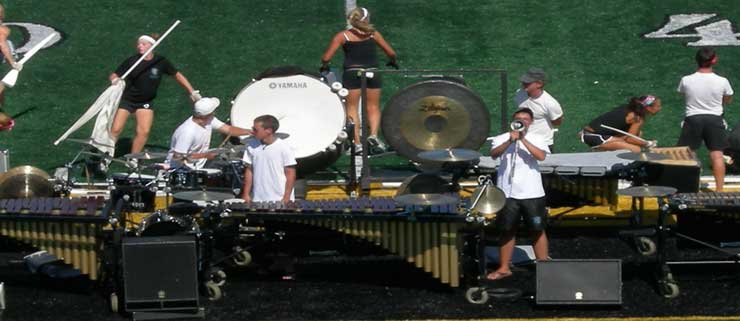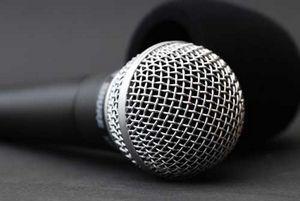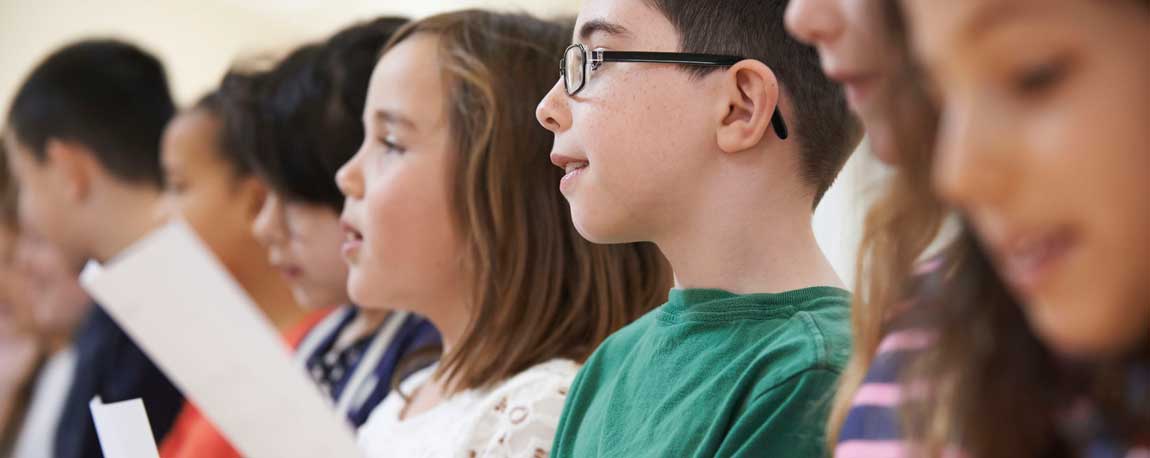.jpg) As adults we take the precious gift of hearing for granted. Our children disregard it even more so. In this age of MP3 players and iPods, protecting a child or teenager's hearing is often a secondary concern. In truth, many youth already suffer from the beginning signs of hearing loss.
As adults we take the precious gift of hearing for granted. Our children disregard it even more so. In this age of MP3 players and iPods, protecting a child or teenager's hearing is often a secondary concern. In truth, many youth already suffer from the beginning signs of hearing loss.
As adults we take the precious gift of hearing for granted. Our children disregard it even more so. In this age of MP3 players and iPods, protecting a child or teenager's hearing is often a secondary concern. Since a parent cannot normally tell how loud the music on their child's iPod is, it never occurs to them to check it out. In truth, many youth already suffer from the beginning signs of hearing loss. Sadly a recent study showed that for the most part teenagers are not worried about the long term damage they may be causing to their hearing.
Causes of Hearing Loss in Children:
While there are also medical causes for hearing loss such as various communicable diseases, by far the most dangerous and easily recognizable causes of hearing loss in children is from prolonged exposure to loud sound sources of above 80 decibels. A common lawn mower produces noise in the range of 80 decibels. A typical rock concert produces sound in excess of 110 decibels. At those elevated levels hearing loss can occur in as little as a couple of hours (also the typical length of a rock concert). Live concerts however are not the biggest threat to a child's hearing. The biggest and most current cause of hearing loss in children of teenage years is the use of earbud style headphones along with iPods and other MP3 players that are turned up to dangerous levels.
Signs of Hearing Loss in Children:
Younger children may find it difficult to recognize and articulate the early signs of hearing damage. Pain or ringing in the ears is a classic symptom, and is easily observed in the minutes after listening to or being exposed to loud noises for any reasonable duration of time. Other symptoms more often seen in older individuals include difficulty being able to hear the voices of children and women (due to the frequencies involved in their speech) and asking for words to be repeated several times.
Hearing Loss Prevention:
In some European countries manufacturers such as Apple have been forced to put limiters on the iPod to reduce output to less that 100 decibels. In the United States there are no such laws, however parents are able to find special earphones and other accessories that will limit volume output to earbud style headphones. Other professionals recommend using special noise-canceling headphones that reduce the amount of ambient noise and in turn reduce the need for a person to crank the volume up in order to hear the music. Aspiring musicians (especially drummers) should be required to use earplugs or ear protection of some type when practicing or playing for long periods of time in small practice rooms. An excellent book by Marshall Chasin speaks directly to the subject of hearing loss prevention in musicians.
The simple solution to all of this is to urge parents to prevent hearing loss in children is to simply be aware of the music and volume levels to which their children are listening. Pull out the plugs for a moment and try them on. Share with them the information that preventing hearing loss must be a life long quest and that damage done in their youth will come back to haunt them in old age.
Author's note: An expanded and more in depth investigation of this topic written by the same author ran in the April 2012 issue of NAfME Teaching Music Magazine.







 Scroll down to view the comparison chart of over a dozen different portable digital audio recorders.
Scroll down to view the comparison chart of over a dozen different portable digital audio recorders.